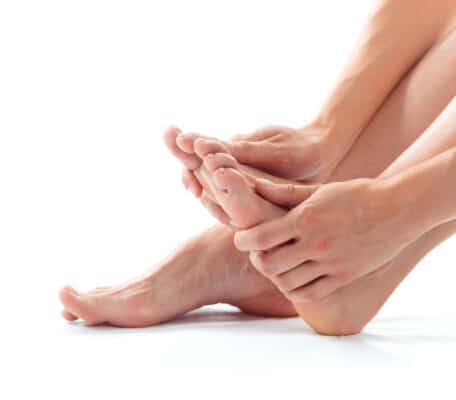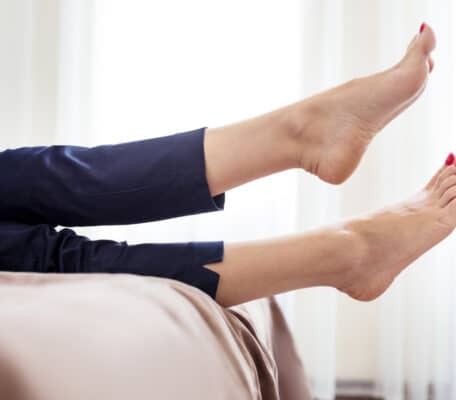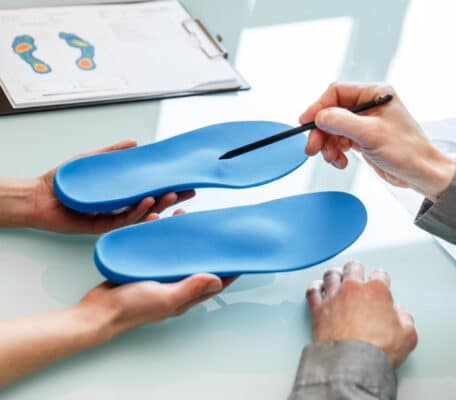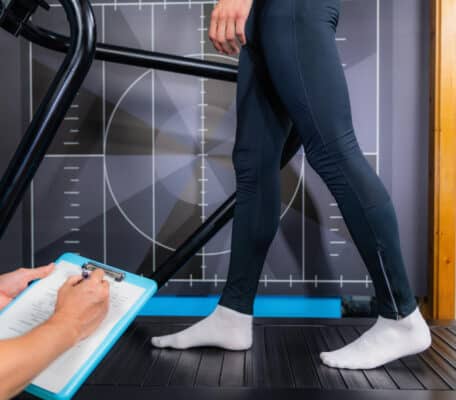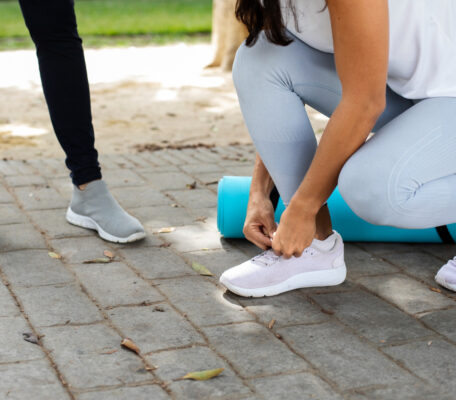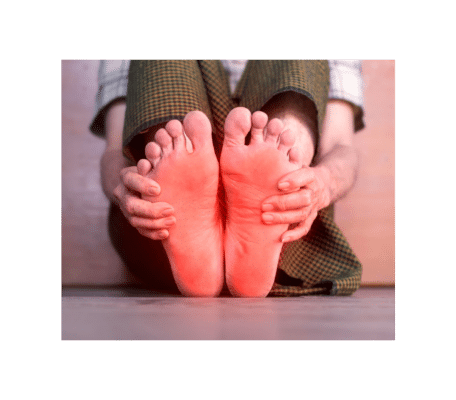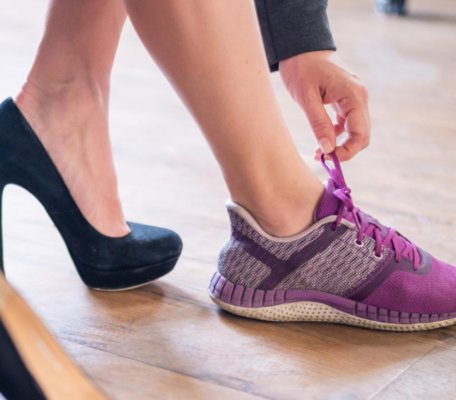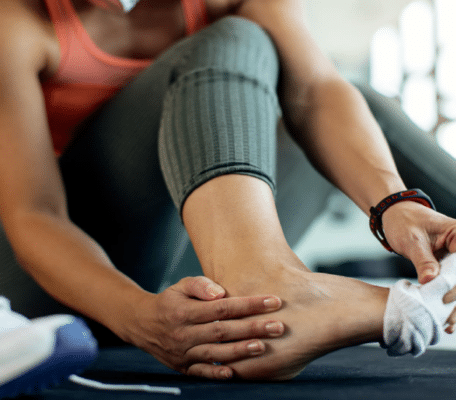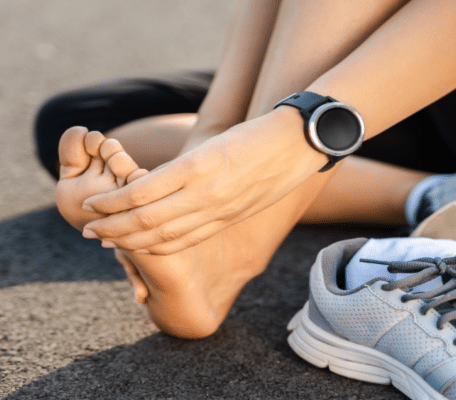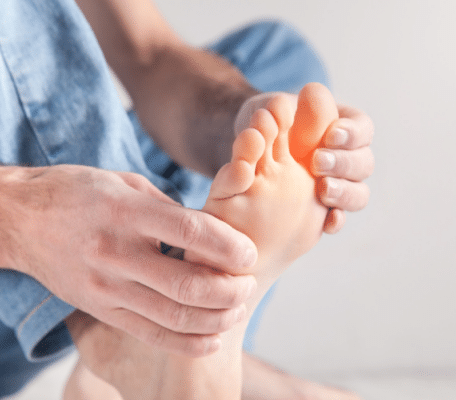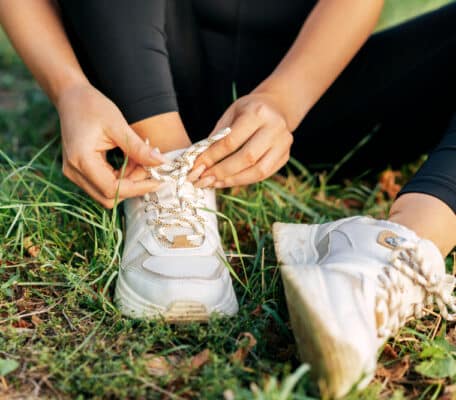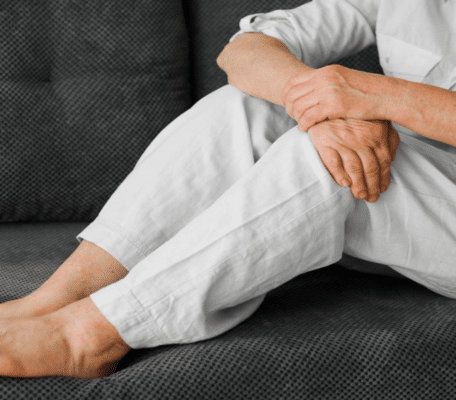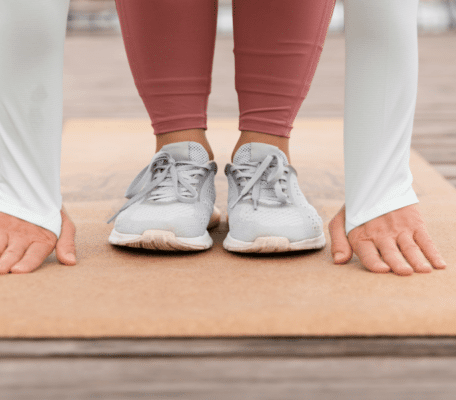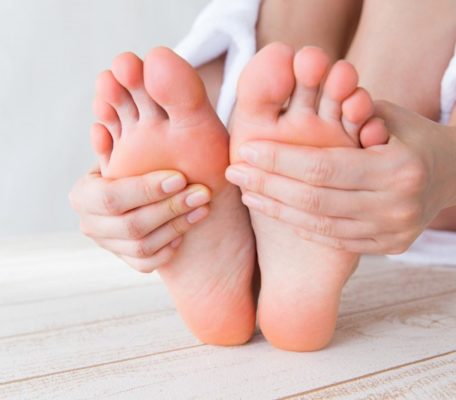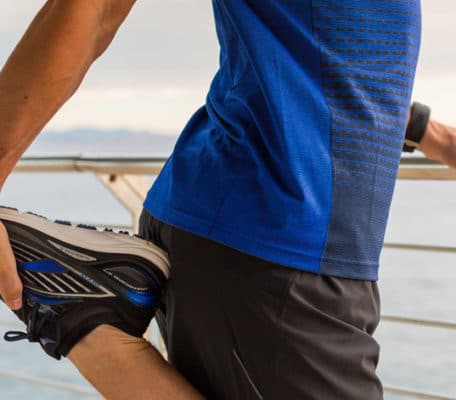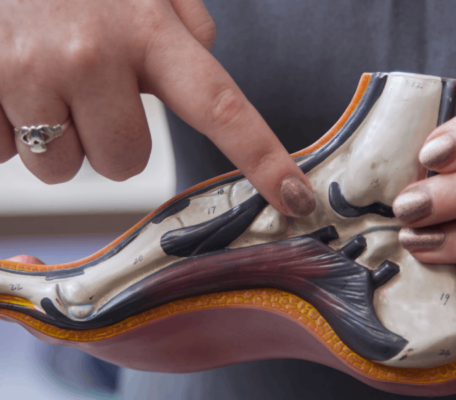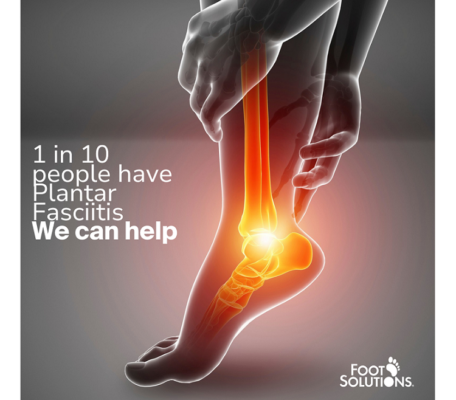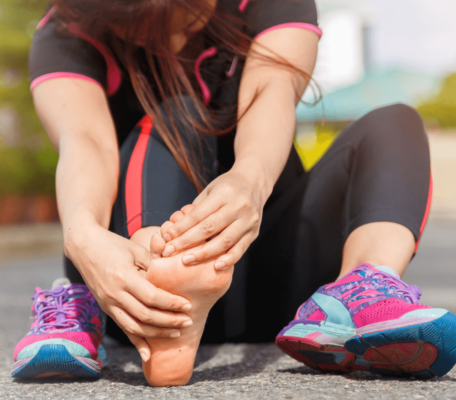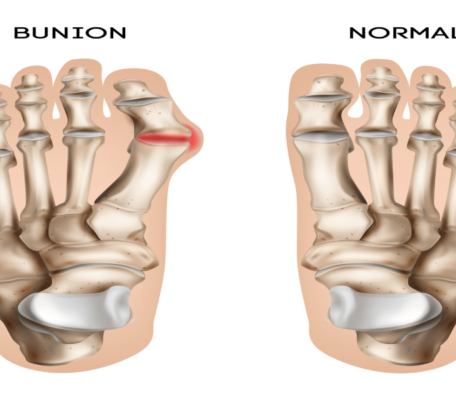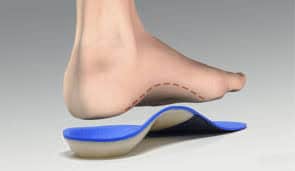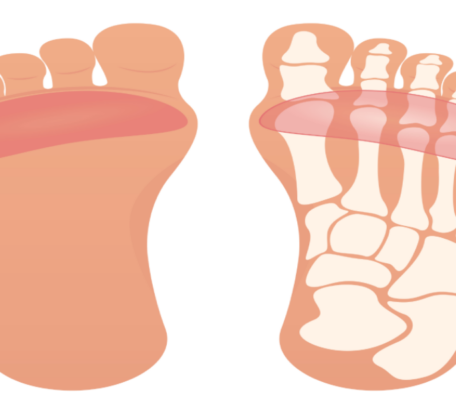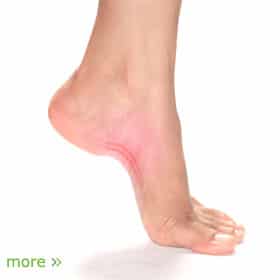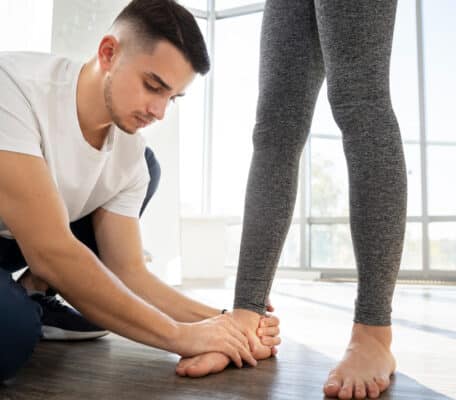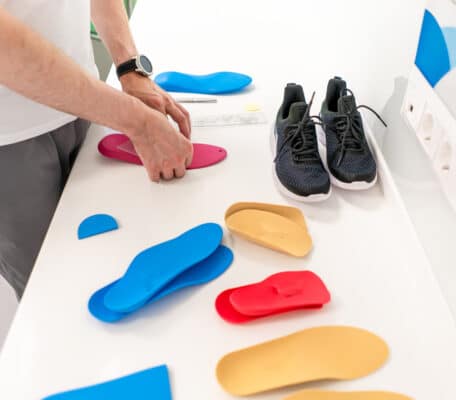Many people experience pain in their feet at some point in their lives. There are many conditions that can cause foot pain. One such condition is heel spurs. Some people have heel spurs and never experience any pain related to them; they may only discover the heel spur coincidentally through an x-ray.
However, many other patients experience a good deal of foot pain as a result of heel spurs. The pain caused by heel spurs can be constant or intermittent.
What Are Heel Spurs?
Heel spurs are a painful condition affecting the feet. A heel spur is a growth of bone on the heel. Often, the bony growth is pointed. It can be located on the back of the heel or on the bottom of the heel. When a heel spur is located on the bottom of the heel, it is often related to plantar fasciitis.
When a heel spur is located on the back of the heel, it is often related to inflammation of the Achilles tendon. In any case, heel spurs are thought to be a product of chronic inflammation of the local tendons or fascia. When treating heel spurs, the goal is to reduce the level of inflammation in order to prevent further problems.
What Causes Heel Spurs?
Heel spurs are caused by inflammation of the tissue, tendons or ligaments in the feet. This inflammation causes calcium deposits to accumulate on the bone, a process that occurs over a long period of time. You are at greater risk of developing heel spurs if you have other medical conditions like arthritis or diabetes.
Abnormality of your walking gait can also increase your risk of developing heel spurs, particularly if you are putting too much stress on the heel. Athletes are especially prone to developing heel spurs, specifically those whose activity involves a good deal of running on hard surfaces or jumping.
Treatment for Heel Spurs
The goal of heel spur treatment is to lessen the inflammation in the foot and prevent further problems. Heel spurs are usually treated conservatively with measures that you can take at home. Try applying ice to the area; this will both reduce inflammation and decrease pain.
You can also take over-the-counter anti-inflammatory medication, like ibuprofen. Your doctor may recommend that you get a cortisone injection to help reduce the inflammation or go to physical therapy. The exercises that you perform in physical therapy will help to stretch and relax the foot.
Going forward, the best way to deal with pain caused by heel spurs is to use orthotic devices. These devices can be inserted into your shoes. They are used to take pressure off of the heel spurs and provide your feet with proper support so that the tissue, tendons and ligaments do not become inflamed again.
If you have heel spurs, visit your local specialised shoe shop. The trained staff there will evaluate your feet and make recommendations as to what type of shoe will best suit you and your condition.
They can also provide you with arch supports to help relieve your pain going forward. If the in-stock arch supports aren’t the right fit for you, you can have custom arch supportsmade to fit your specifications.
If you are suffering from pain caused by heel spurs, visit Foot Solutions. We provide heel spur treatment through gait analysis, proper footwear and custom arch supports.Drop in to Foot Solutions, and let us help you with your heel spur pain today.



